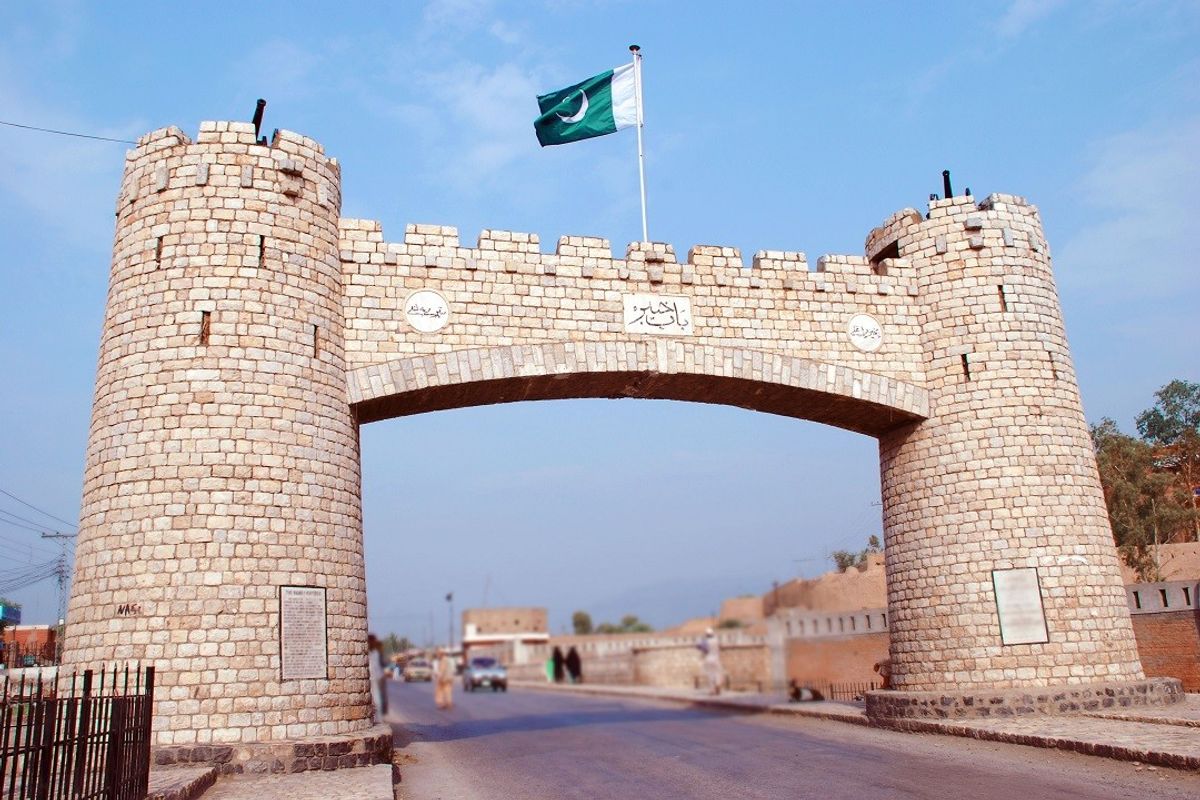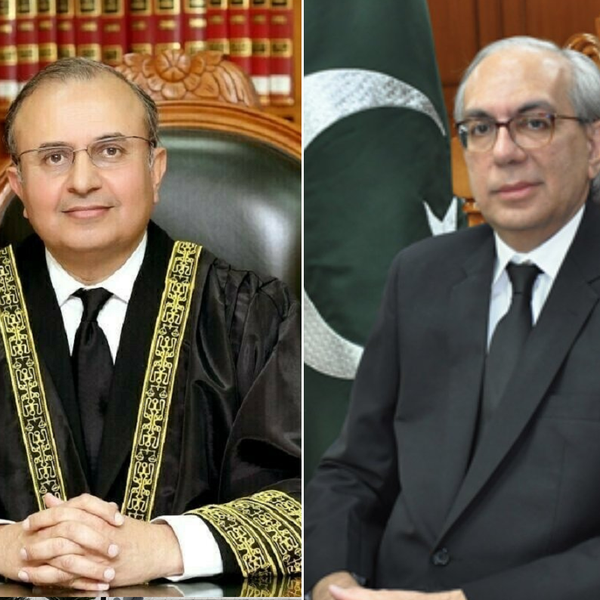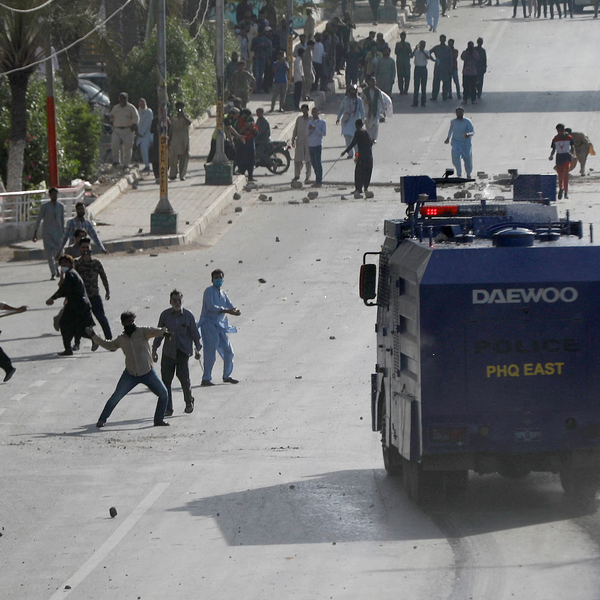Khyber Pakhtunkhwa achieves record PKR 169 billion surplus in first half of FY25
Provincial revenue grows by 50% outpacing provincial peers
Business Desk
The Business Desk tracks economic trends, market movements, and business developments, offering analysis of both local and global financial news.

Bab-e-Khyber
Shutterstock
The Khyber Pakhtunkhwa (KP) government has announced significant fiscal achievements for the fiscal year 2025, showcasing a disciplined approach to budget management and surplus generation.
Despite challenges such as lower allocation of funds by the federal government, non-payment on AIP, and short FBR collection, the KP government has set a budget surplus target of PKR 100 billion.
In the first six months of the current fiscal year, KP reported a surplus of PKR 169 billion, surpassing the target of PKR 69 billion.
Tax growth reached 46%, with a 55% increase in non-tax revenue. Overall growth in revenue outpaced all provincial peers, achieving a 50% increase.
The government corrected previous mismanagement by allocating PKR 70 billion to the "Debt Retirement Fund," with PKR 30 billion already deposited.
Revenue initiatives included measures in the finance bill, reflecting a PKR 14 billion increase in revenue or a 50% increase from the previous year.
Revenue targets achieved in the first half of FY25 were 90.7%, compared to 66% in the same period last year.
An increase in royalties on minerals is expected to double the revenue, and incremental revenue due to infrastructure development is anticipated.
The KP government also focused on health and education, with a 36% budget allocation exceeding IMF benchmarks.
The Sehat Card program disbursed PKR 30.4 billion, supporting over 789,721 patients. Procurement of medicine for FY 2024-25 amounted to PKR 10.9 billion, with PKR 4.8 billion released.
Other initiatives included free textbooks for FY 2024-25, generating PKR 4 billion in savings, and the Ehsaas Program, which focuses on skills development, social welfare, and affordable housing.
The provincial government also implemented measures to enhance local tax mobilization, including expanding sales tax on services, implementing infrastructure development cess, and increasing agriculture land tax and property tax rates.










Comments
See what people are discussing